Mini is plotting the most radical addition to its growing line-up yet in the form of a spacious new MPV, previewed by the Vision Urbanaut concept.
The striking design is the result of an in-house project focused on developing solutions for the future of urban mobility in 2030, showcasing new packaging ideas and the latest electric and autonomous technology.
While it so far exists only in digital renderings, Mini bosses are seriously considering a production version of the model, although not until at least 2027. Mini boss Bernd Körber also said the Urbanaut previews design features that will be seen on the brand’s next generation of models, beginning with the three-door hatchback due in 2023.
The Urbanaut was conceived as a new interpretation of the ‘clever use of space’ mantra used since the launch of the original Mini in 1959, forgoing the classic two-box silhouette of all the brand’s current models for a tall, one-box design with a long wheelbase and short overhangs.
While the shape, developed by Mini design boss Oliver Heilmer, is similar to that of the Volkswagen ID Buzz concept, the Urbanaut is significantly smaller, at 4460mm long. That makes it 261mm longer than the current Mini Countryman.

Mini officials told Autocar that a production version of the Urbanaut is being considered both as a five-seat passenger car and a commercial version for urban deliveries. That would give Mini’s parent firm, BMW, a competitor to the popular small vans sold by rivals Mercedes-Benz and Volkswagen. Mini is currently working on its next-generation hatchback, which will be closely followed by a new Countryman and a smaller SUV.
Every Mini from now on will be offered with an electrified powertrain. The firm is considering potential electric models to expand its line-up in future, which could include the Urbanaut. The spacious MPV is also seen as a potentially important factor in raising Mini sales in China.

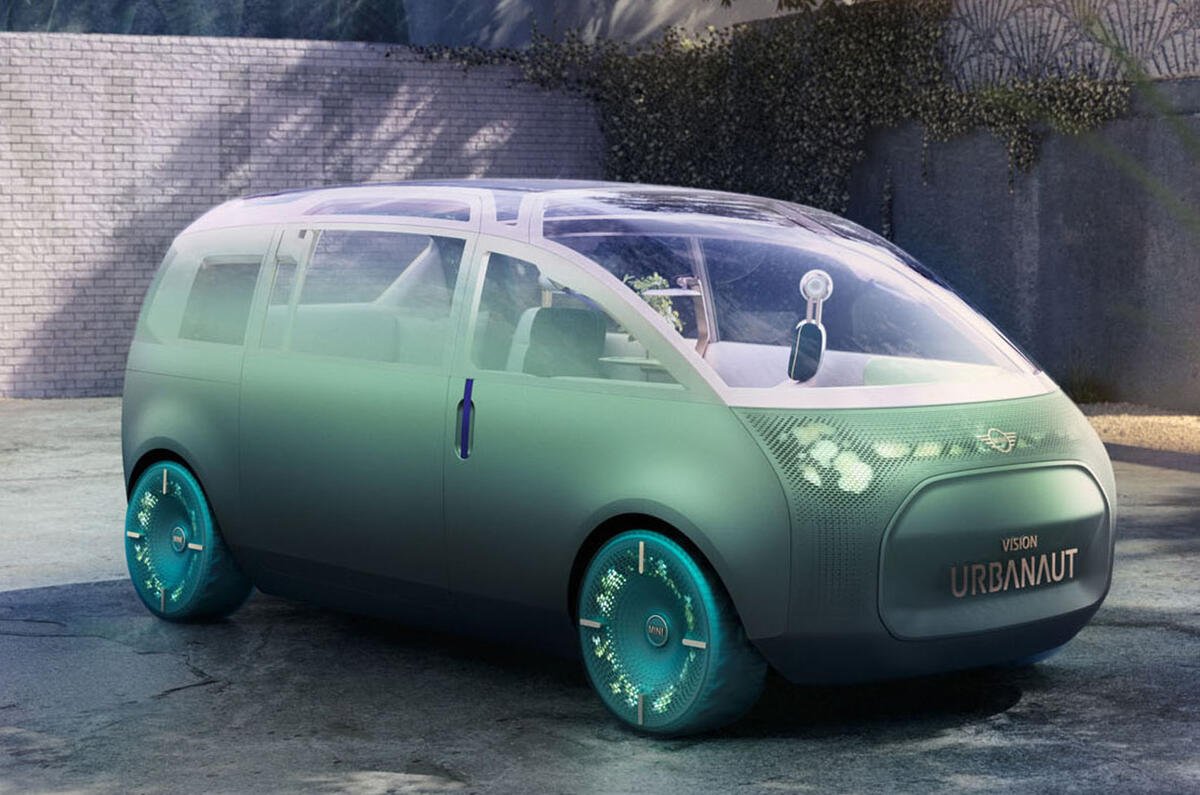
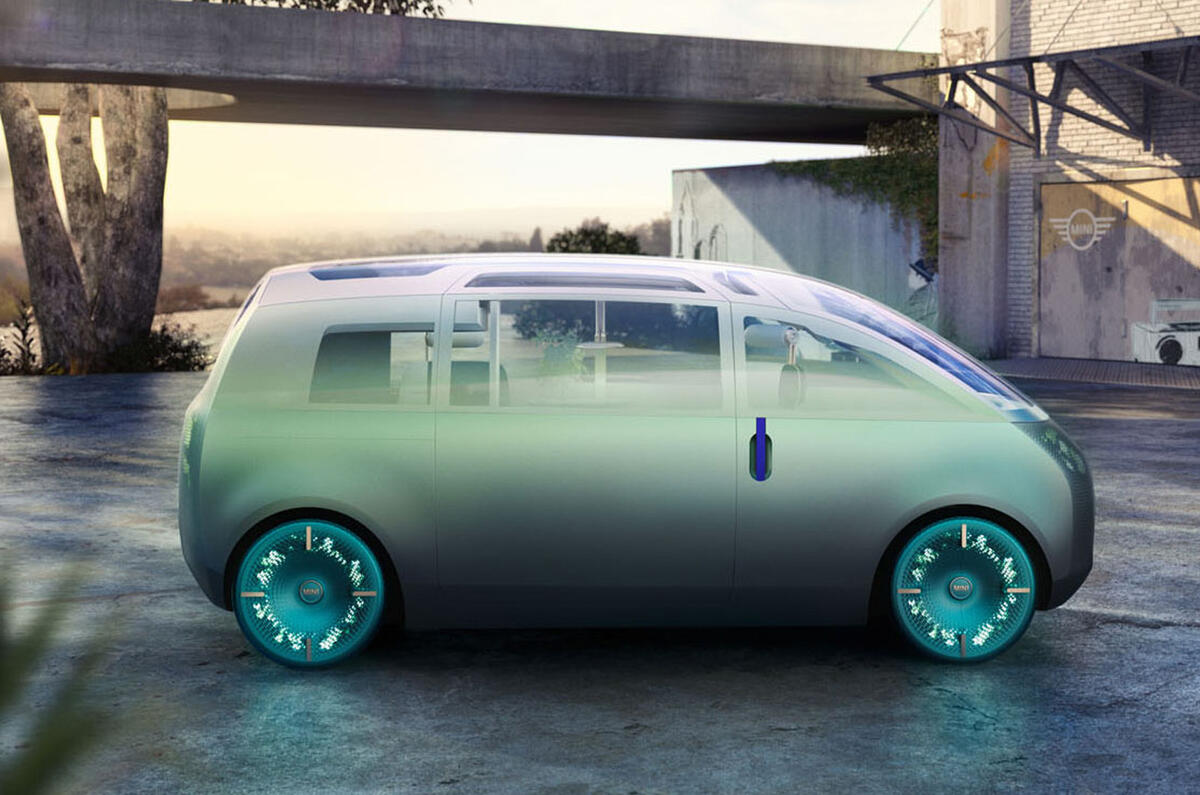
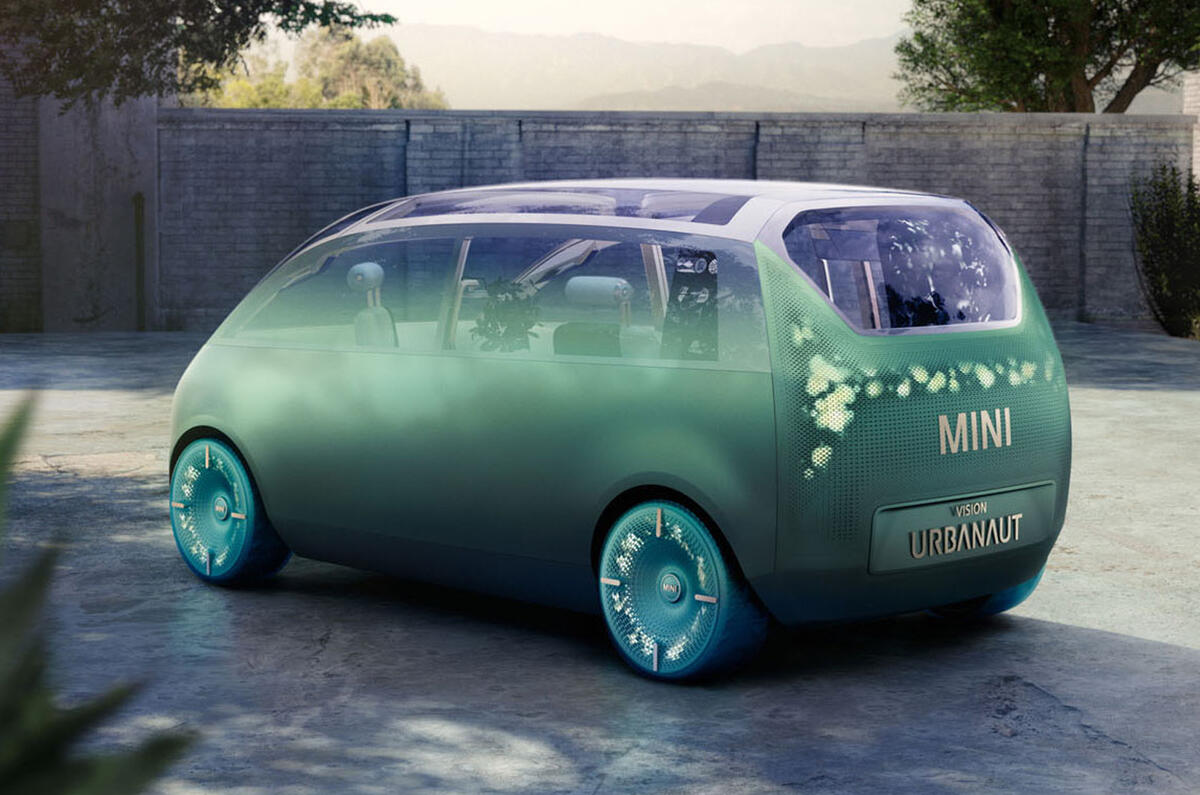
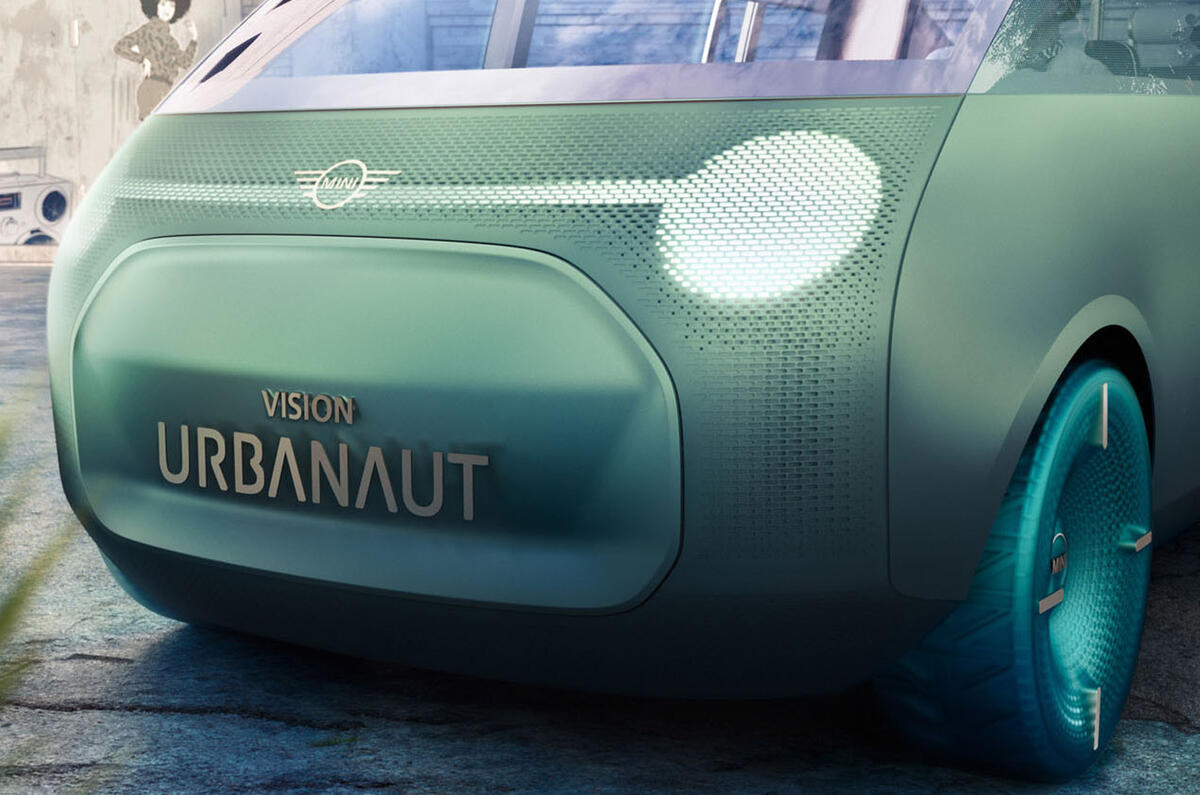
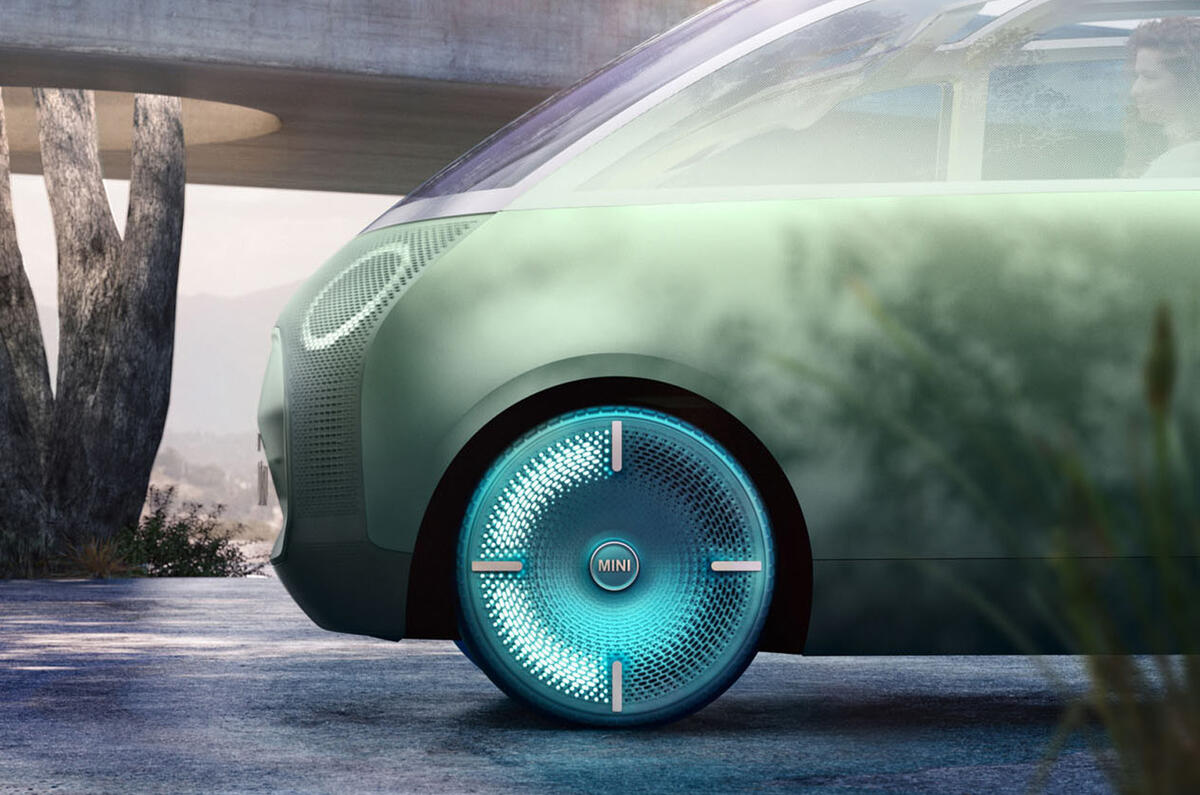
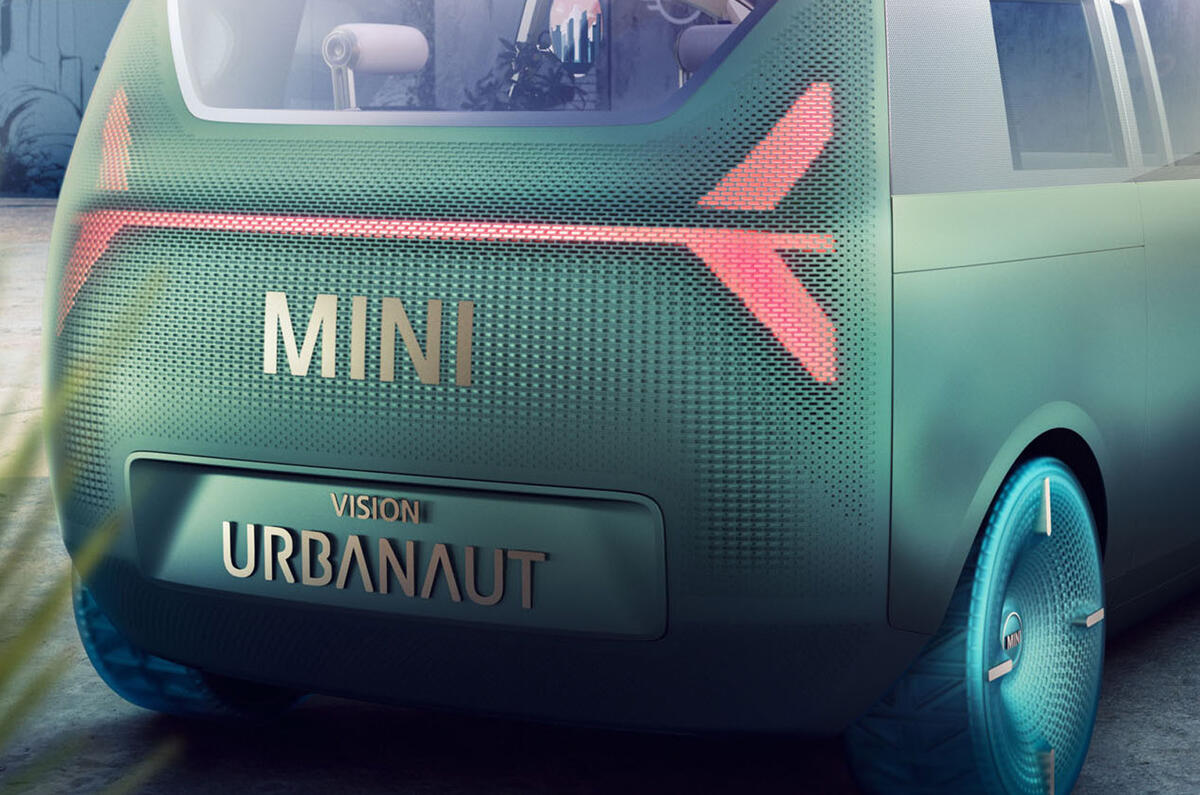

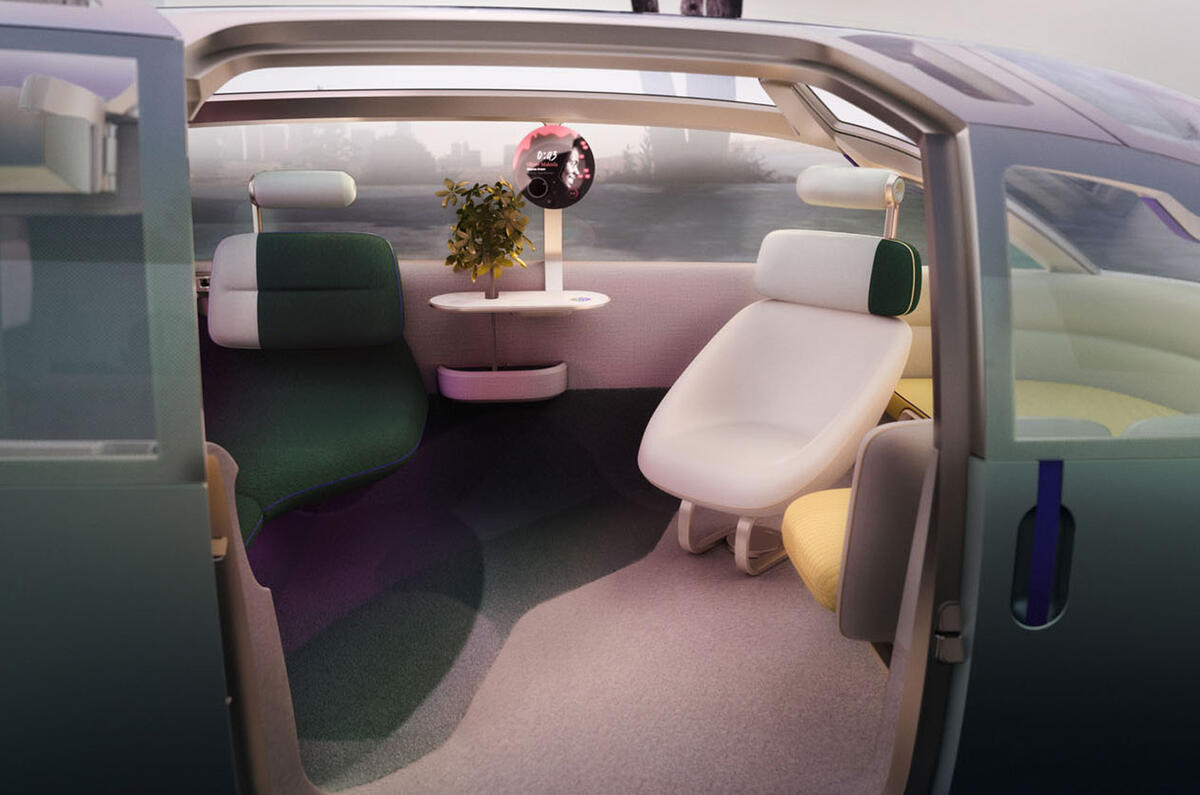
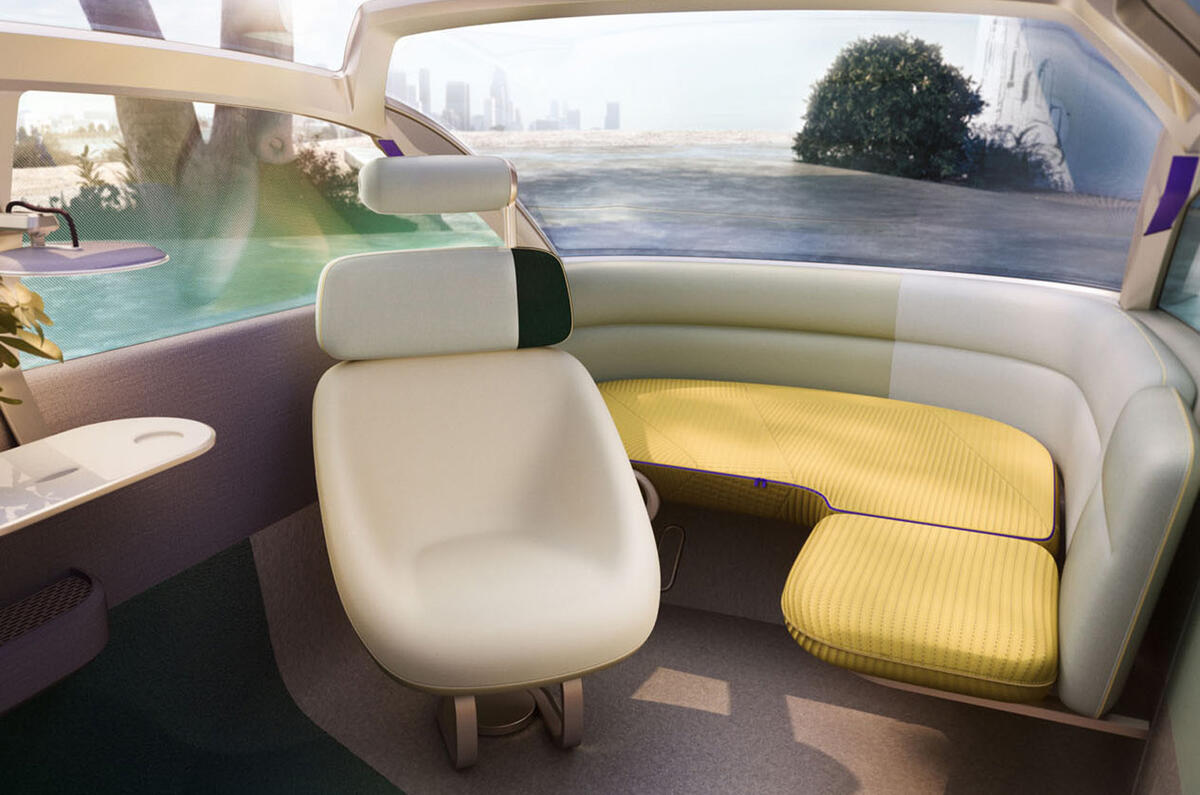
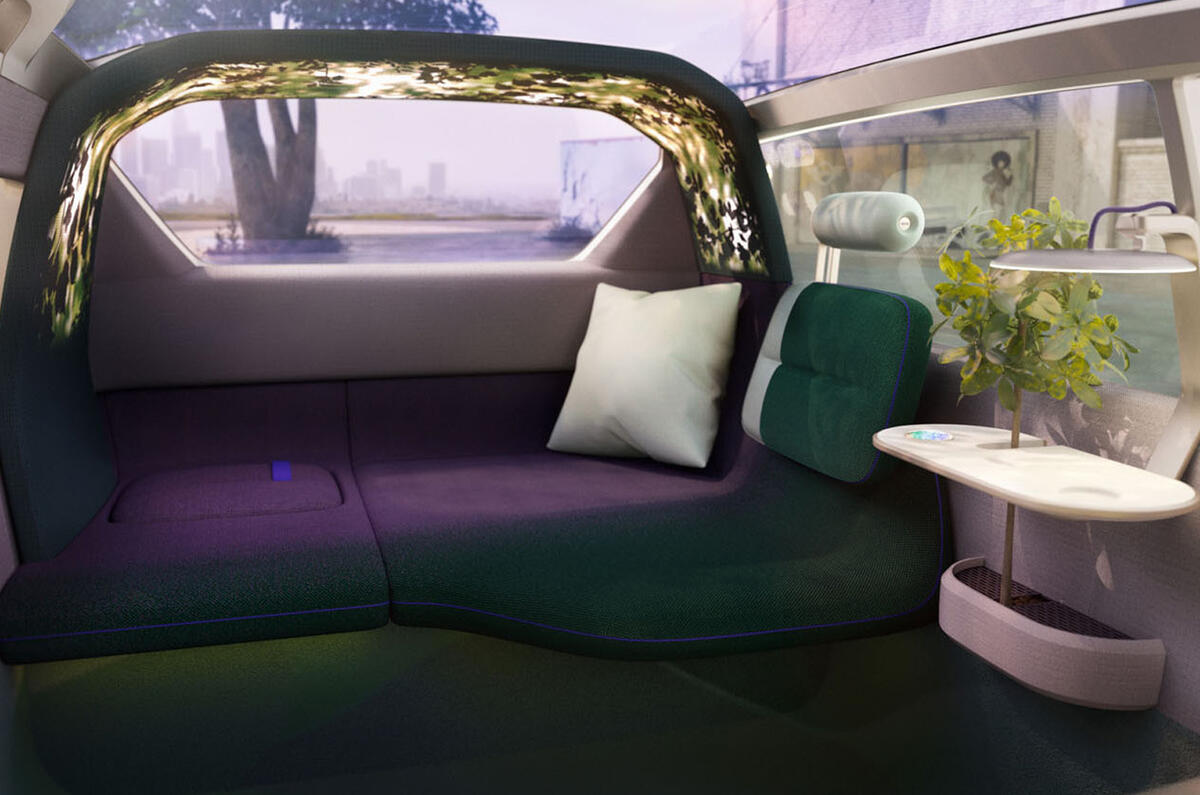

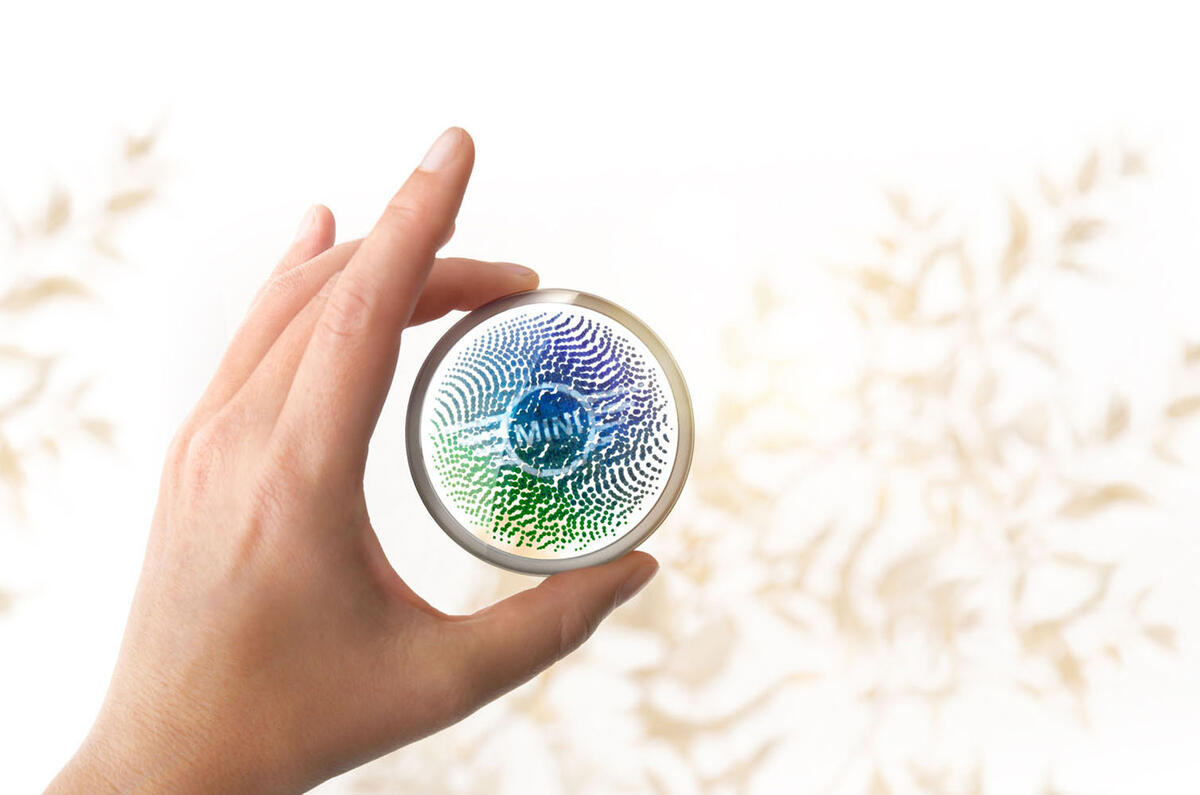
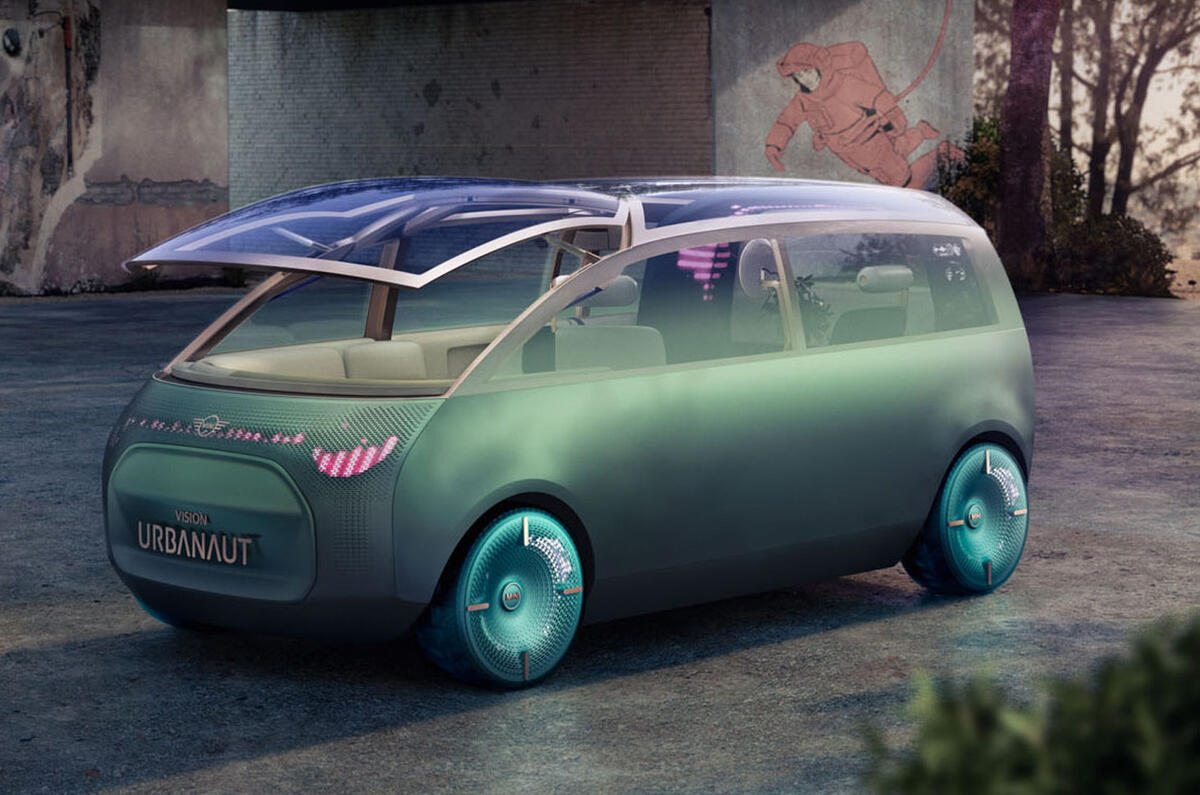
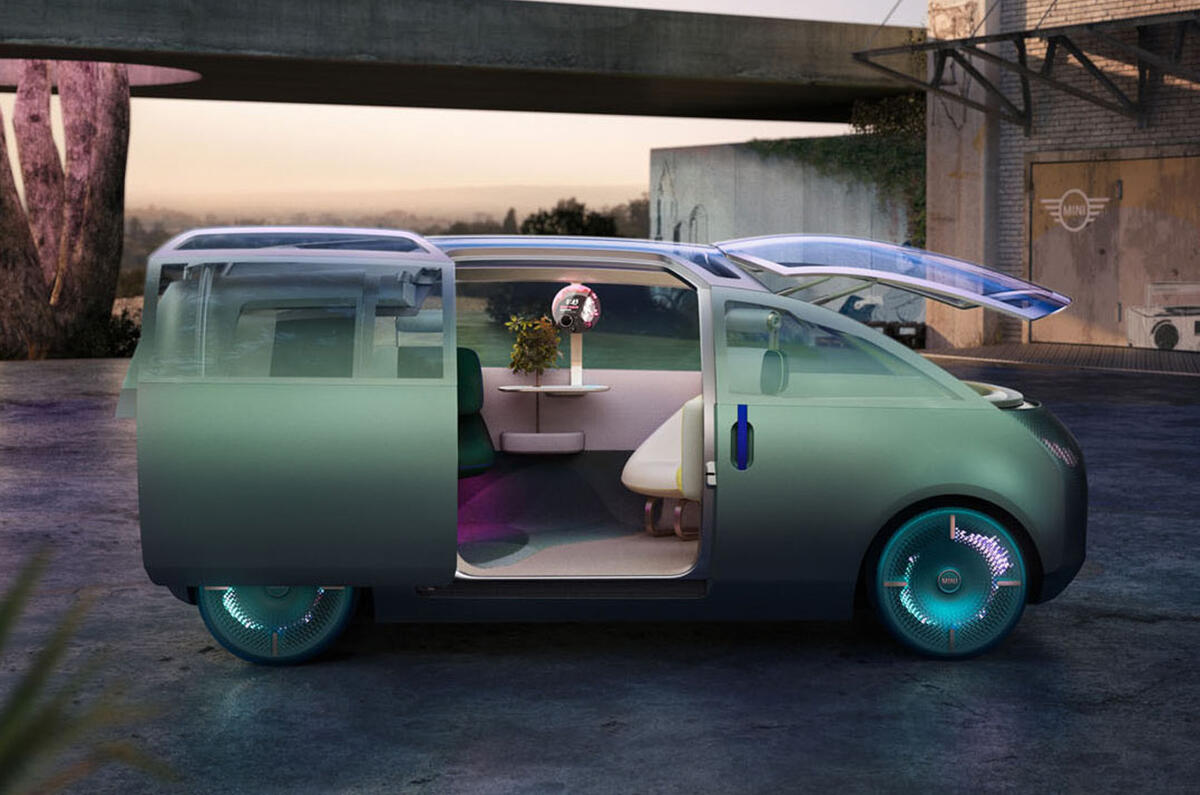
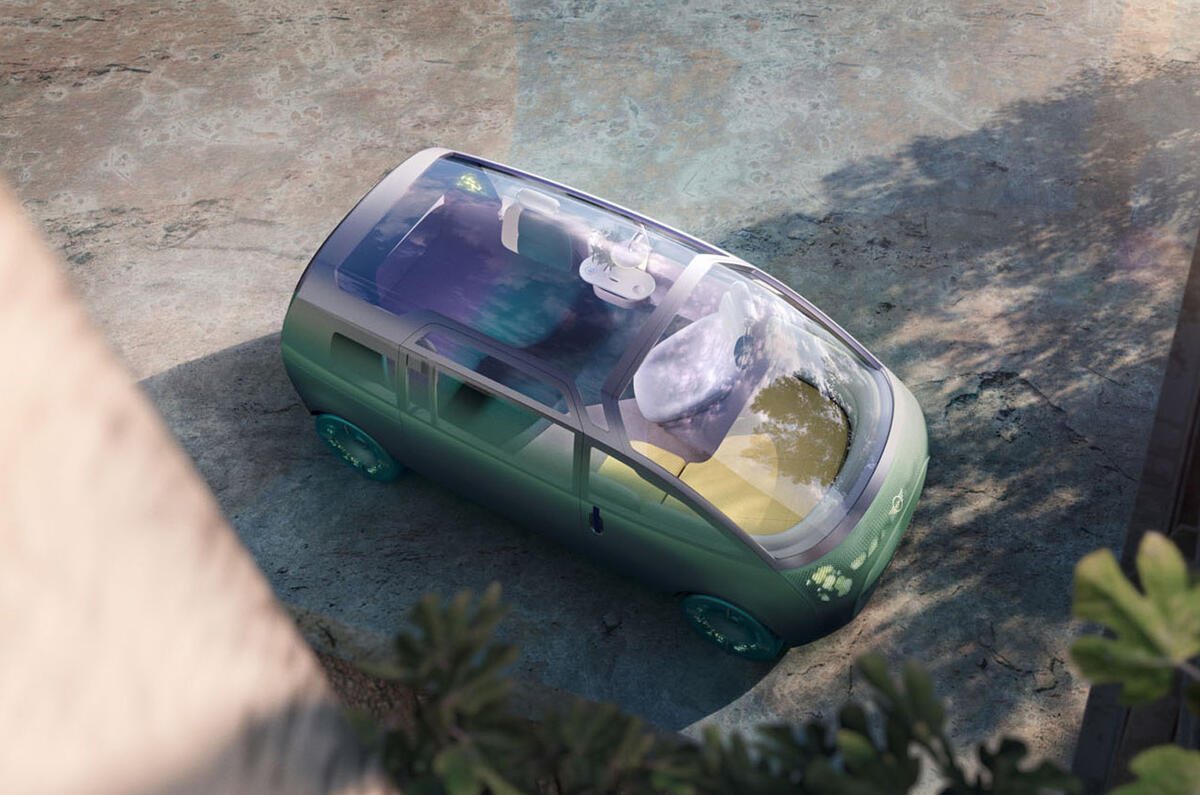
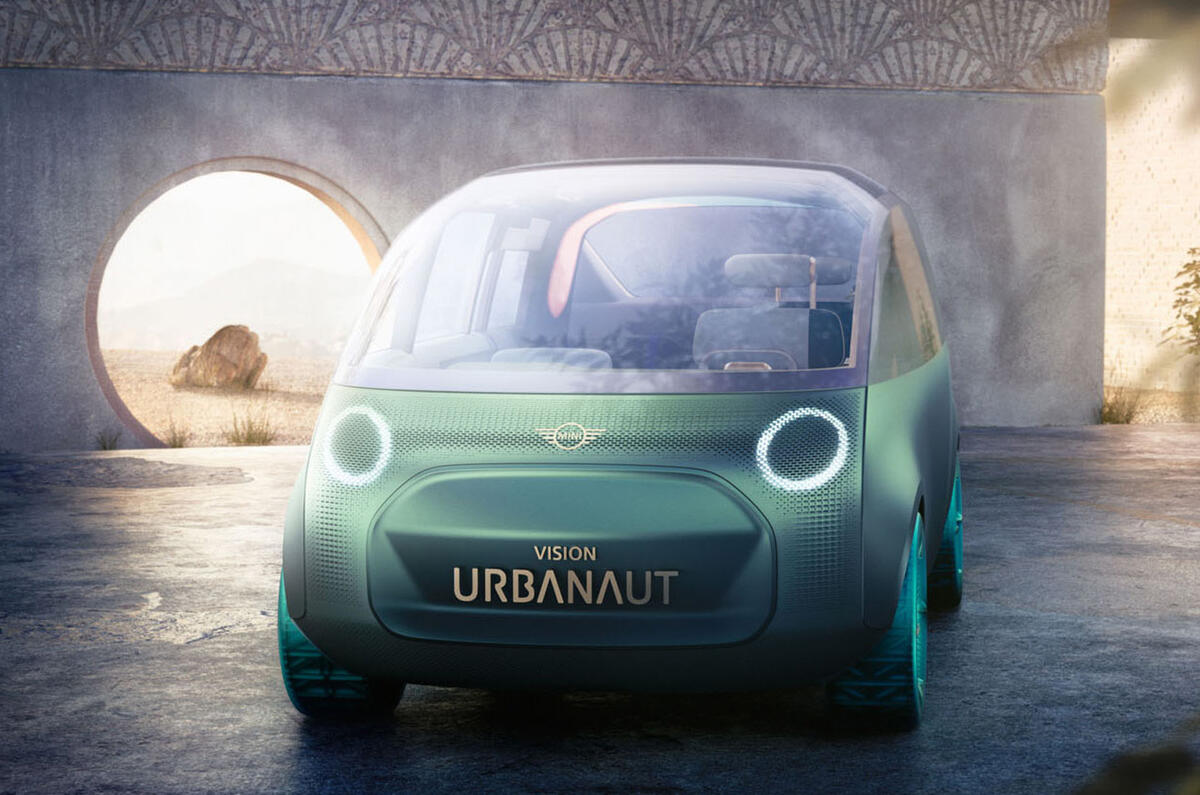
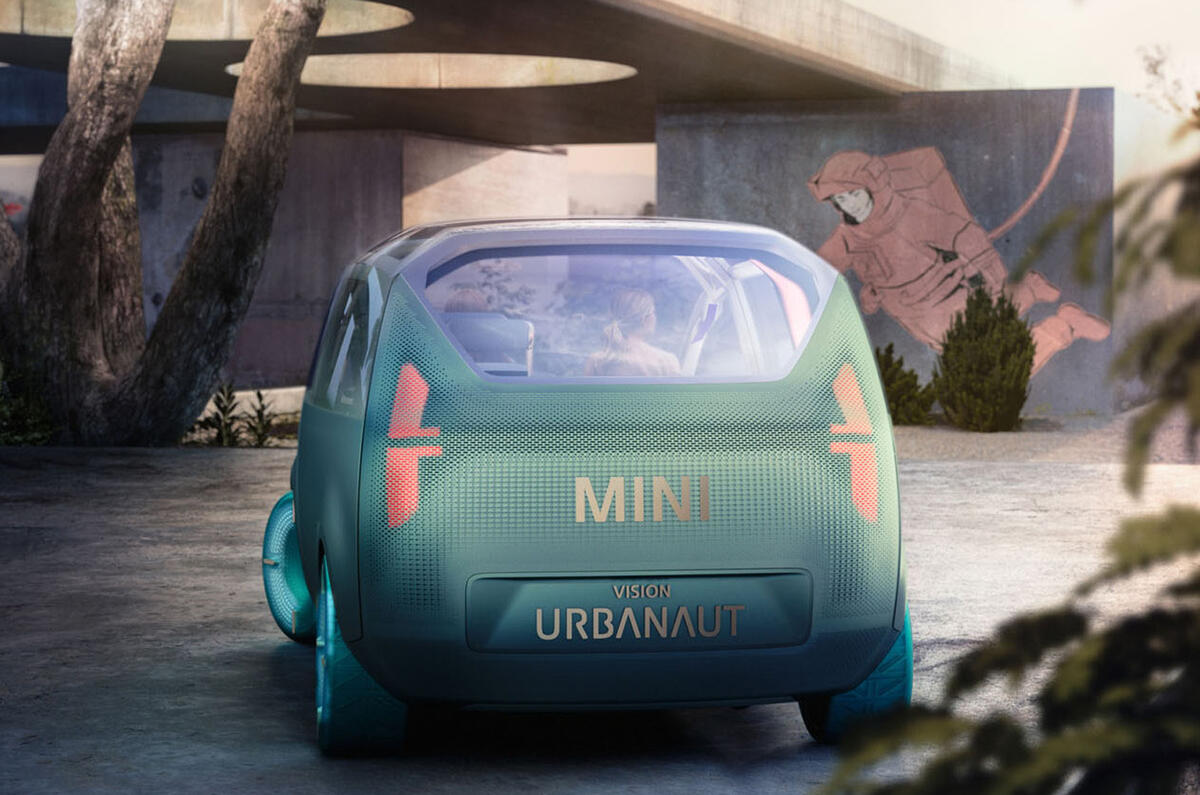
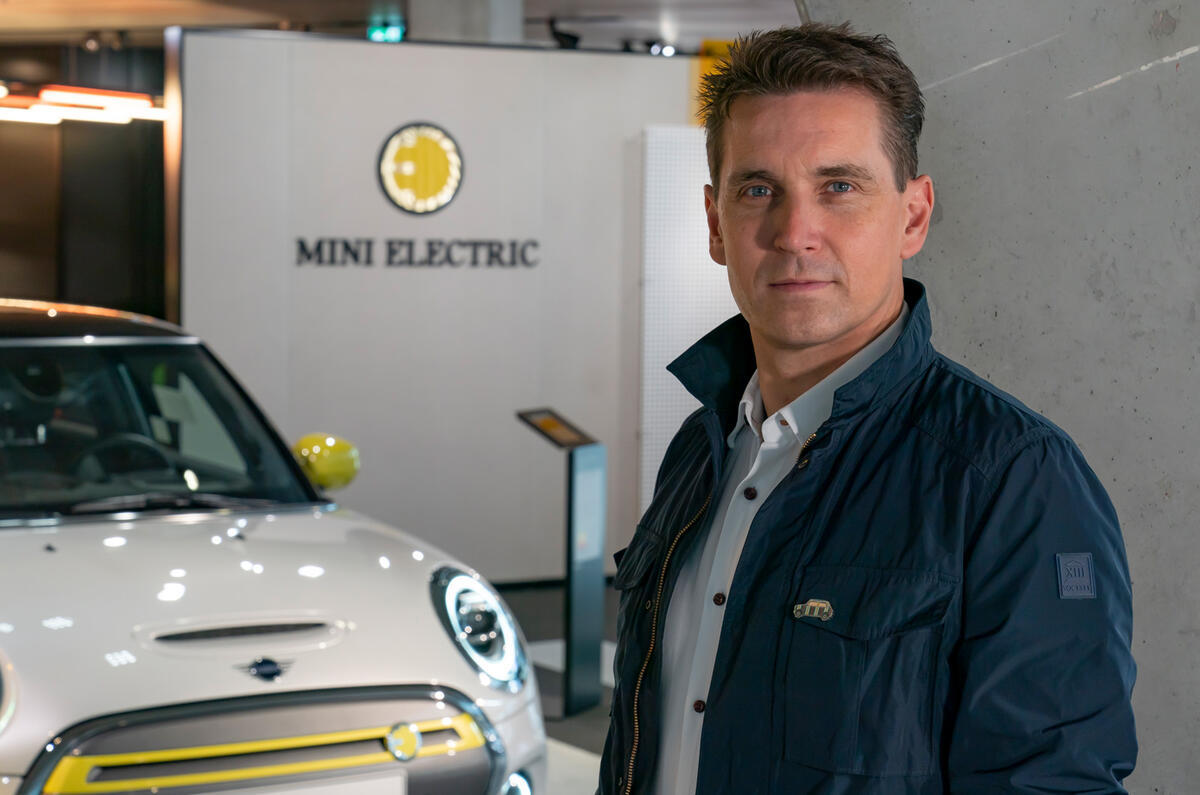
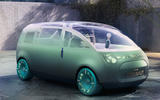
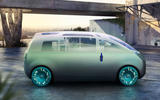
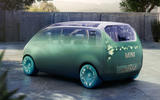
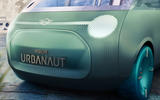
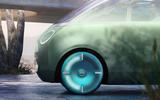
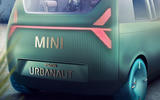
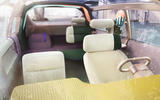
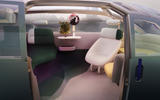
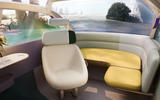



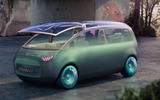
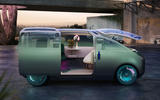

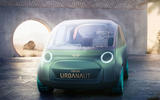
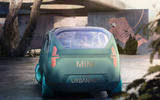







Join the debate
Add your comment
Anything that points the Mini
Anything that points the Mini brand in a new direction, and away from self-parody, is to be welcome.
Not really a Mini, but an
Not really a Mini, but an interesting concept. A spiritual successor to the current BMW iThree perhaps? (written out in words to get around the spam filter)
Nice
I want one